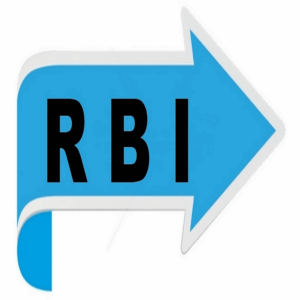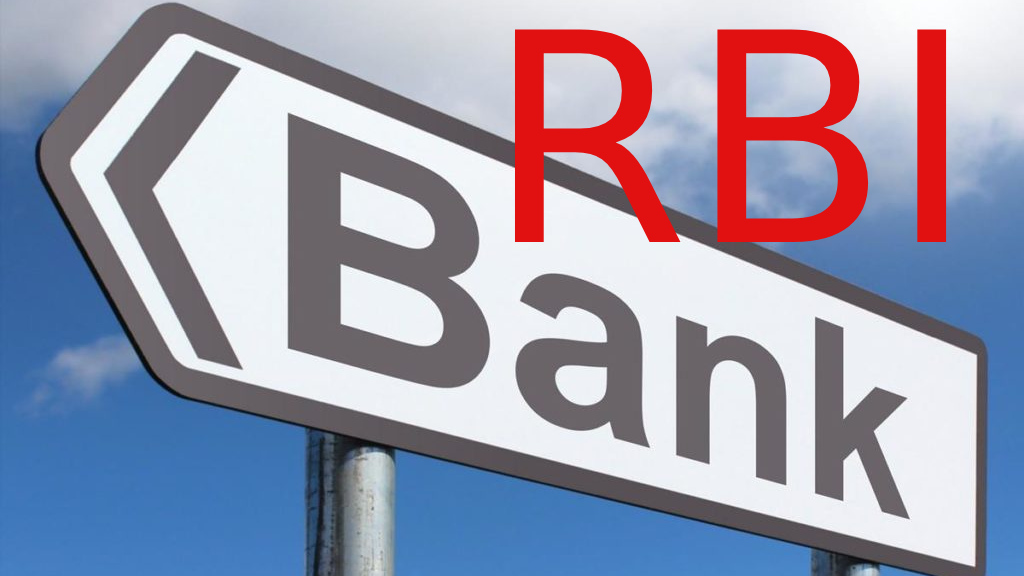
RBI Introduces Unified Lending Interface (ULI) for Speedy Credit Access to Rural and Smaller Borrowers
Contents
Unified Lending Interface
RBI Introduces Unified Lending Interface (ULI) for Speedy Credit Access to Rural and Smaller Borrowers
The Reserve Bank of India (RBI) has unveiled a groundbreaking technological platform, the Unified Lending Interface (ULI), designed to expedite credit disbursement, particularly for rural and smaller borrowers. The platform is set to transform the lending landscape, akin to how the Unified Payments Interface (UPI) revolutionized the payments ecosystem.


What is ULI?
ULI aims to address the significant unmet demand for credit in sectors such as agriculture and Micro, Small, and Medium Enterprises (MSMEs). The platform enables a seamless flow of digital information, including land records from various states, directly to lenders. This integration significantly reduces the time required for credit appraisals, making the process faster and more efficient for smaller and rural borrowers.
Advantages of ULI
- Faster Loan Processing: ULI streamlines the credit appraisal process by providing lenders with direct access to digital information, reducing the time required to approve loans.
- Increased Financial Inclusion: By focusing on rural and smaller borrowers, ULI helps bridge the gap in credit availability, promoting greater financial inclusion.
- Simplified Documentation: Borrowers benefit from a reduction in the complexity of loan documentation, making it easier to access credit.
- Seamless Integration: The platform integrates various data sources, such as land records, facilitating a more accurate and quicker assessment of creditworthiness.
- Enhanced Data Privacy: ULI operates on a consent-based model, ensuring that borrowers’ data privacy is protected at all times.
- Empowerment of MSMEs and Agriculture: By targeting sectors with traditionally limited access to credit, ULI empowers MSMEs and agricultural businesses to grow and thrive.
Disadvantages of ULI
- Dependence on Digital Infrastructure: The effectiveness of ULI is heavily reliant on robust digital infrastructure, which may be lacking in some rural areas.
- Initial Learning Curve: Borrowers and lenders unfamiliar with the technology may face a learning curve, potentially slowing adoption in the initial phases.
- Data Security Concerns: Although ULI emphasizes data privacy, the risk of data breaches or misuse remains a concern in any digital platform.
- Limited Awareness: There may be limited awareness among rural borrowers about the existence and benefits of ULI, which could hinder its effectiveness.
- Potential Exclusion: Borrowers without digital literacy or access to required technology might find it challenging to utilize ULI, leading to potential exclusion.


Nationwide Rollout and Impact
RBI Governor Shaktikanta Das announced that the nationwide launch of ULI will take place soon, following the success of a pilot program initiated last year. The pilot aimed to simplify access to credit by providing digital information to lenders, enabling loans to be approved in just minutes.
“ULI is expected to cater to the large unmet demand for credit across various sectors, particularly benefiting agriculture and MSME borrowers,” Governor Das stated. He emphasized that this platform, much like UPI, is poised to revolutionize the lending ecosystem by offering quicker, more efficient access to credit.
Digitalization of Banking Services
Speaking at the Global Conference on Digital Public Infrastructure and Emerging Technologies in Bengaluru, Governor Das highlighted the RBI’s commitment to the digitalization of banking services. He introduced the concept of a “new trinity”—JAM (Jan Dhan Accounts, Aadhaar, Mobile Phones), UPI, and ULI, alongside the gradual rollout of the Central Bank Digital Currency (CBDC). This new trinity marks a revolutionary step in India’s Digital Public Infrastructure journey.
“The introduction of ULI reduces the complexity of multiple technical integrations and enables borrowers to benefit from seamless credit delivery, quicker turnaround times, and minimal documentation,” Das added. He also assured that the platform operates with the full consent of potential borrowers and that data privacy is stringently protected.
Conclusion
The launch of the Unified Lending Interface (ULI) by the RBI represents a significant leap forward in India’s digital banking landscape. By streamlining credit disbursement processes and focusing on the needs of rural and smaller borrowers, ULI is set to ensure that access to credit is faster, more efficient, and more inclusive. As ULI rolls out nationwide, it promises to bring about a transformative change in the way loans are processed and disbursed, paving the way for greater financial inclusion and economic growth.


Frequently Asked Questions (FAQs)
- What is the Unified Lending Interface (ULI)?
ULI is a technological platform introduced by the RBI to expedite credit disbursement, especially for rural and smaller borrowers.
- Who will benefit from ULI?
ULI primarily benefits borrowers in the agriculture sector and MSMEs, addressing their unmet credit needs.
- How does ULI work?
ULI facilitates the seamless flow of digital information, including land records, from various states to lenders, reducing the time required for credit appraisals.
- When will ULI be available nationwide?
The nationwide launch of ULI is expected to take place soon, following a successful pilot program.
- What is the significance of ULI in India’s digital infrastructure?
ULI is part of RBI’s broader digitalization efforts and is expected to revolutionize the lending landscape, similar to how UPI transformed the payments ecosystem.
- How does ULI ensure data privacy?
ULI operates based on the consent of potential borrowers, with stringent data privacy protections in place.
- What is the ‘new trinity’ mentioned by RBI Governor Das?
The ‘new trinity’ refers to JAM (Jan Dhan Accounts, Aadhaar, Mobile Phones), UPI, and ULI, along with the gradual introduction of Central Bank Digital Currency (CBDC).
- What impact will ULI have on the loan disbursement process?
ULI simplifies the loan disbursement process, enabling quicker turnaround times and reducing the need for extensive documentation.
- How is ULI different from traditional lending processes?
Unlike traditional lending, ULI leverages digital platforms to streamline credit appraisal and disbursement, making the process faster and more efficient.
- What are the potential challenges of using ULI?
Challenges include the dependence on digital infrastructure, a learning curve for new users, and the need to ensure digital inclusion for all potential borrowers.





















2 comments